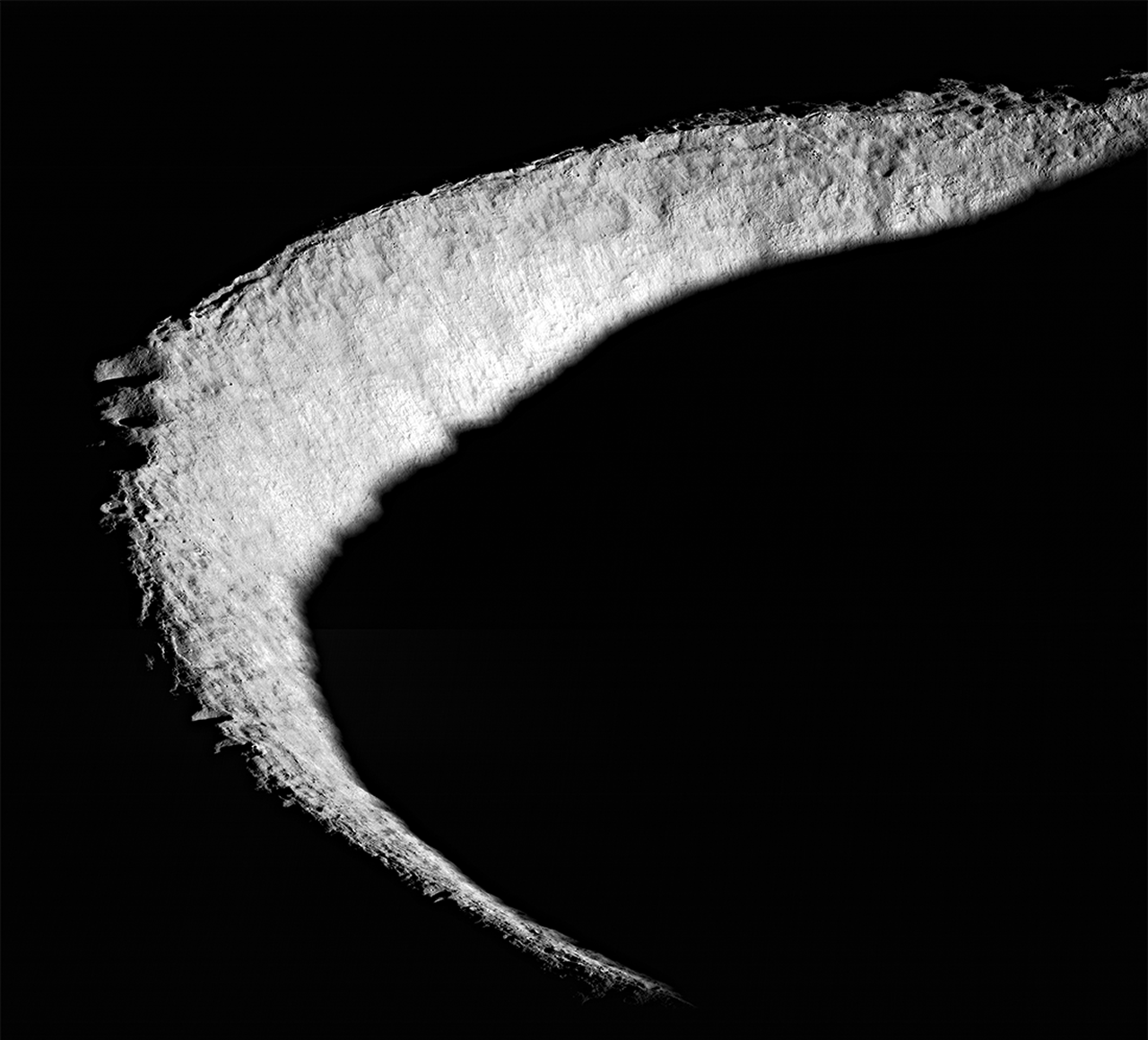Most of the permanently shaded areas in the craters at the poles of the Moon were formed no earlier than 1.8 billion years ago. This was much later than the period when its bowels were spewing water. It is quite possible that there are no significant ice deposits there.

Shaded areas on the Moon
Large deposits of water ice, the presence of which is very much expected during the development of the moon, may not be. At least, this conclusion can be drawn from a recently published study. Its author, Norbert Schorghofer, argued that the zones of permanent shading in which it could be preserved did not appear long enough for this.
The Moon has no atmosphere, and its gravity is much weaker than Earth’s. Therefore, the water in it can only be in two states. Below a certain temperature, it is in a state of ice. Above it, it immediately turns into gas, bypassing the liquid state. And the water vapor almost immediately flies into space.
But such conditions exist on the Moon only in places without sunlight. Therefore, if there are large deposits of ice on our moon somewhere, then it must be deep craters at the poles. There, the sun’s rays fall on the surface at such a small angle that they never reach their bottom.
Why couldn’t the ice have been preserved?
But all of the above is true only if the angle of inclination of the axis of the Moon has not changed since the very beginning of its formation. For several decades, people have known that this is not the case; and at one time, its slope changed a lot. Accordingly, only the water that got there after this event could be preserved at the poles because those craters in which it was before became fully illuminated.
However, until recently, it was not clear when this happened. And last year, French scientists published a study in which they gave the most detailed chronology of the Moon’s removal from the Earth.
When Schorghofer heard about this, he used the data from this work to recreate when modern circumpolar craters were in eternal darkness. It turned out that, on average, the currently shaded areas were formed no earlier than 3.4 billion years ago, and the average age of today’s ones in general is 1.8 billion.
At the same time, water from the depths of the Moon was released along with molten magma. That is, most of it had to turn into steam before there were shaded areas where it could be preserved. This means that there may not be large glaciers on it.
What does the new study mean?
The question of the presence of large hidden reserves of water at the poles of the Moon is extremely important for its further development. After all, all plans for the construction of a lunar base are based on the assumption of the presence of water. The United States and China have started a new lunar race, precisely to get liquid that can be drunk and processed into rocket fuel.
However, the new study does not mean that no one is flying anywhere anymore. As such, there is water in the composition of the soil of the circumpolar regions. This has been proven by many experiments. And there is some ice at the bottom of the craters. But its quantity there remains in question.
In addition, Schorghofer’s research has another unexpected consequence. It became clear that there can be significantly more water at the poles of Mercury than on the Moon, despite the fact that it is closer to the Sun. The fact is that it is precisely known about this planet that the slope of its axis of orbit did not change significantly from its formation.
According to phys.org
Follow us on Twitter to get the most interesting space news in time
https://twitter.com/ust_magazine
